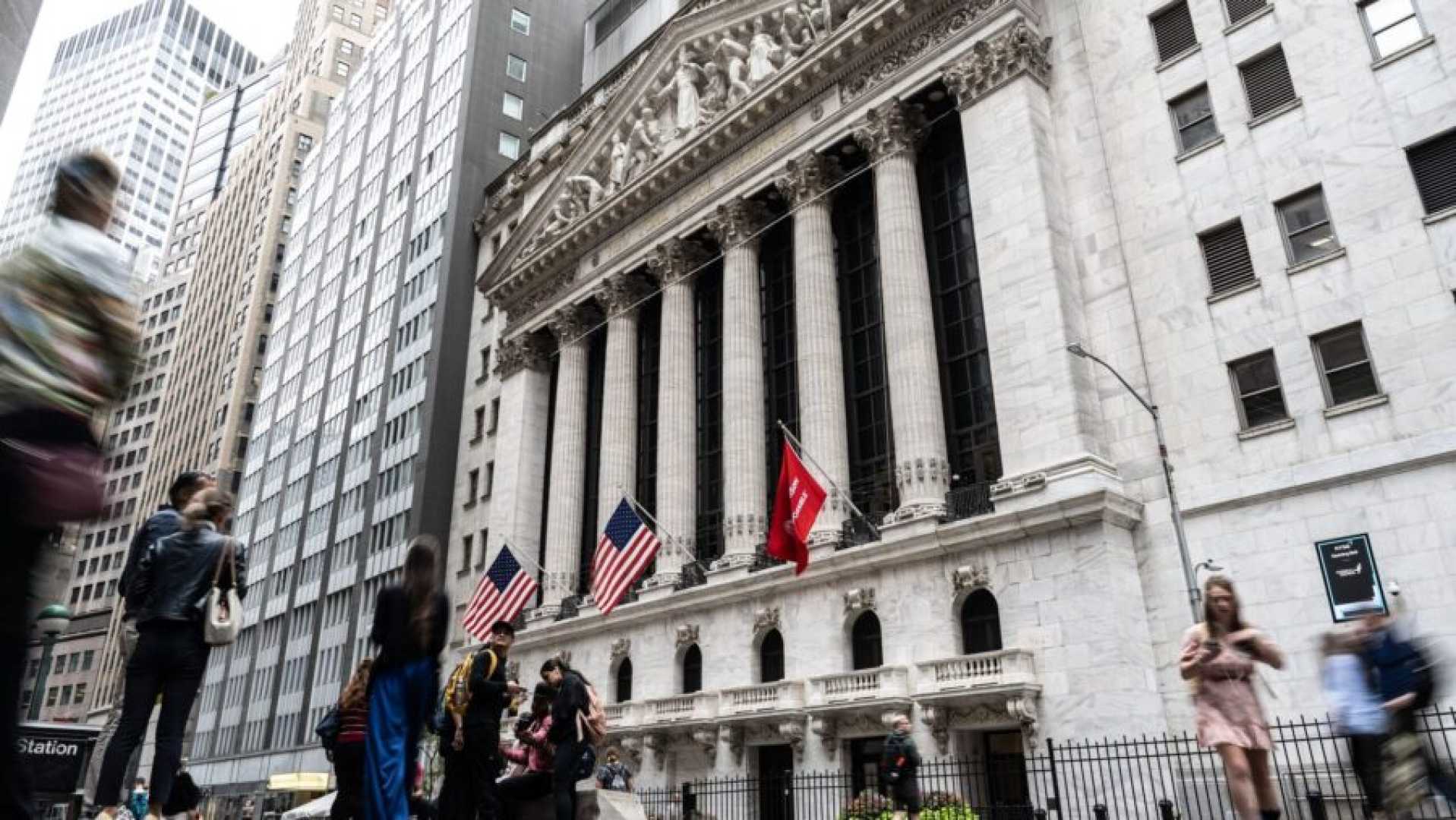News
Stocks Reach All-Time Highs as Federal Reserve Cuts Rates

In a significant upswing for the markets, stocks reached new all-time highs on Thursday following the Federal Reserve‘s unexpected decision to reduce interest rates by half a percentage point. The Dow Jones Industrial Average surged by 522.09 points, or 1.26%, closing at 42,025.19, marking its first ever close above 42,000. The S&P 500 advanced by 1.7%, ending the day at 5,713.64, while the Nasdaq Composite saw an impressive rise of 2.51% to close at 18,013.98.
The Federal Reserve’s announcement on Wednesday to lower its overnight lending rate to a range between 4.75% and 5.00% from the previous range of 5.25% to 5.50% prompted optimism among investors. This rate cut, the first in four years, signaled a potential soft landing for the U.S. economy, contributing to decreased weekly jobless claims which fell by 12,000 to 219,000.
The rate reduction encouraged a boost in tech stocks, with notable gains seen in major companies. Shares of Apple and Amazon rose by approximately 4% and 6%, respectively. Other tech giants such as Microsoft and Alphabet also experienced upsides, increasing by 3.9% and 1.5%, respectively.
Financial and industrial stocks, which are sensitive to changes in interest rates, also performed well. Shares of JPMorgan Chase climbed 1.4%, while Caterpillar and Boeing gained 5.1% and 1.7%, respectively. The broader rally saw over four stocks advancing for every one that declined on the New York Stock Exchange, with more than 2,200 NYSE-listed stocks in positive territory by the end of trading.
Despite the upbeat market mood, some strategic voices advise caution. BlackRock, a notable investment firm, adjusted its market exposure, citing near-term uncertainties and the inherent volatility associated with election years. Tushar Yadava, a director at BlackRock, highlighted potential risks tied to the high market valuations and seasonal trading patterns.
Pouring cold water on the optimism was Skechers, whose shares fell nearly 9% following revelations of greater than expected pressure in its Chinese business. This development was disclosed during their presentation at a recent Wells Fargo Consumer Conference.
Other areas of the market did not share in the gains. The utilities sector, typically less volatile and not strongly correlated with economic expansion, dropped by 0.9%.
The Bank of England, following a contrasting path to the U.S. Federal Reserve’s fiscal policy, chose to maintain its interest rates steady a day after the Fed’s large rate cut decision. This divergence highlighted the differing economic strategies across leading global economies.












